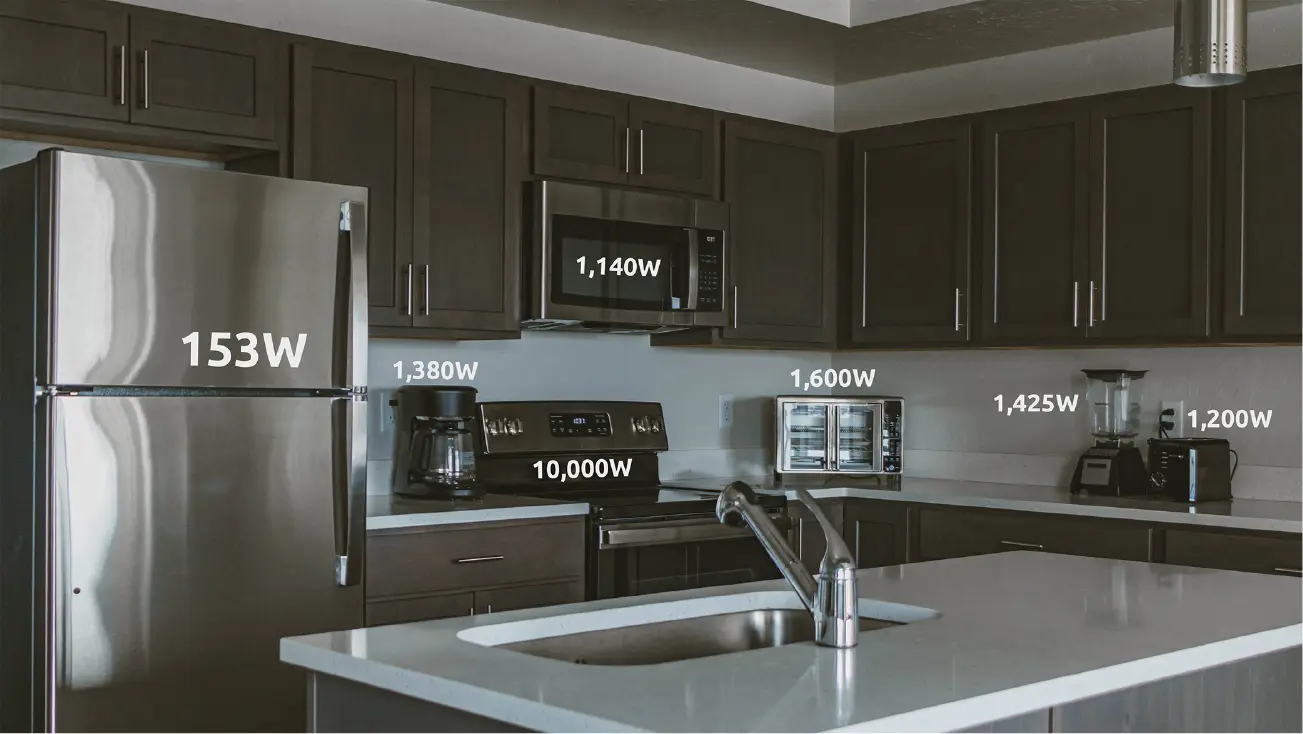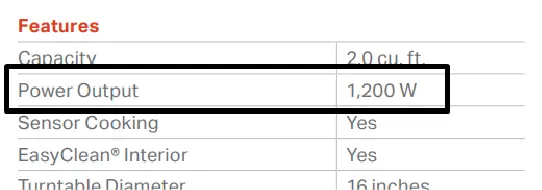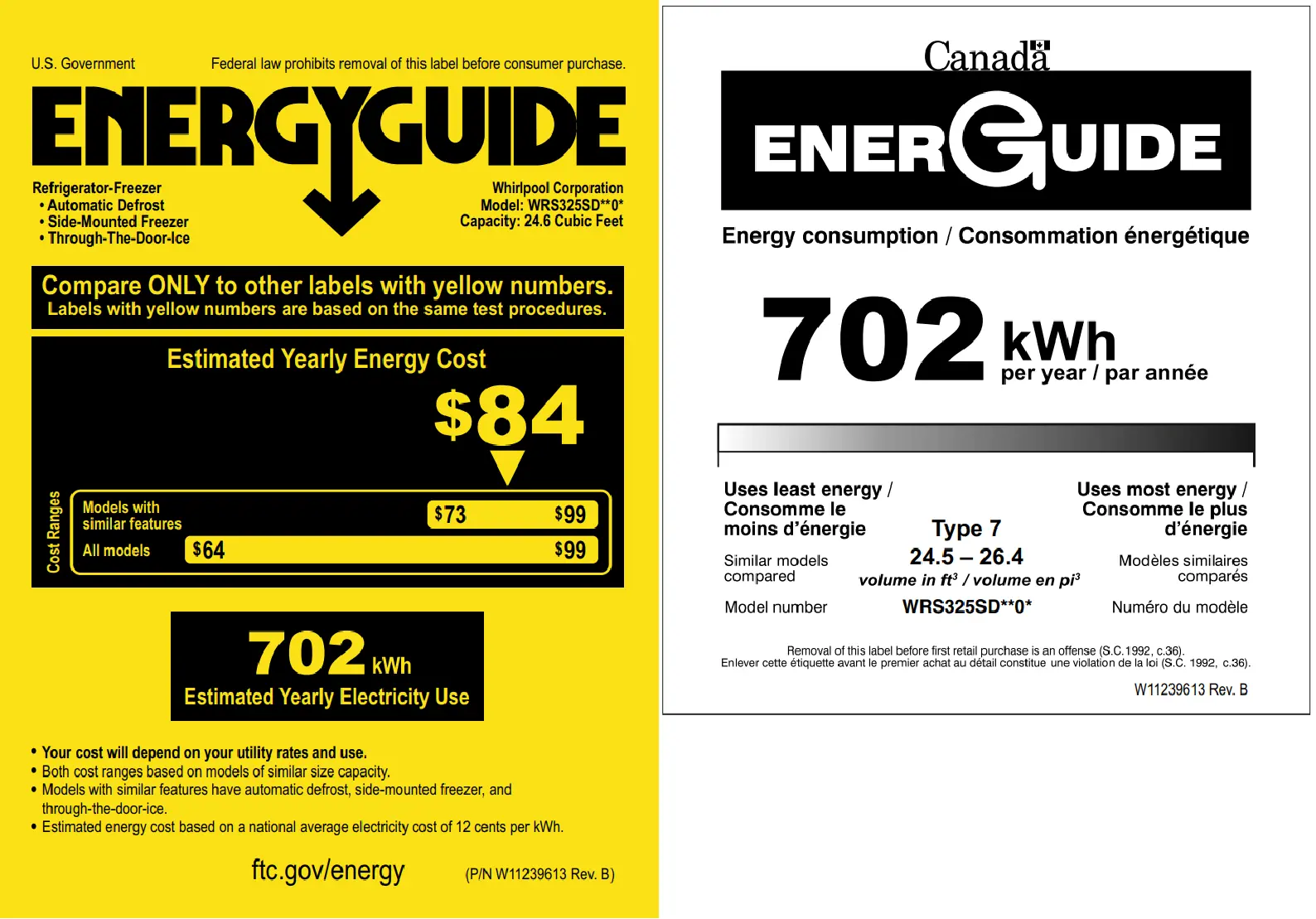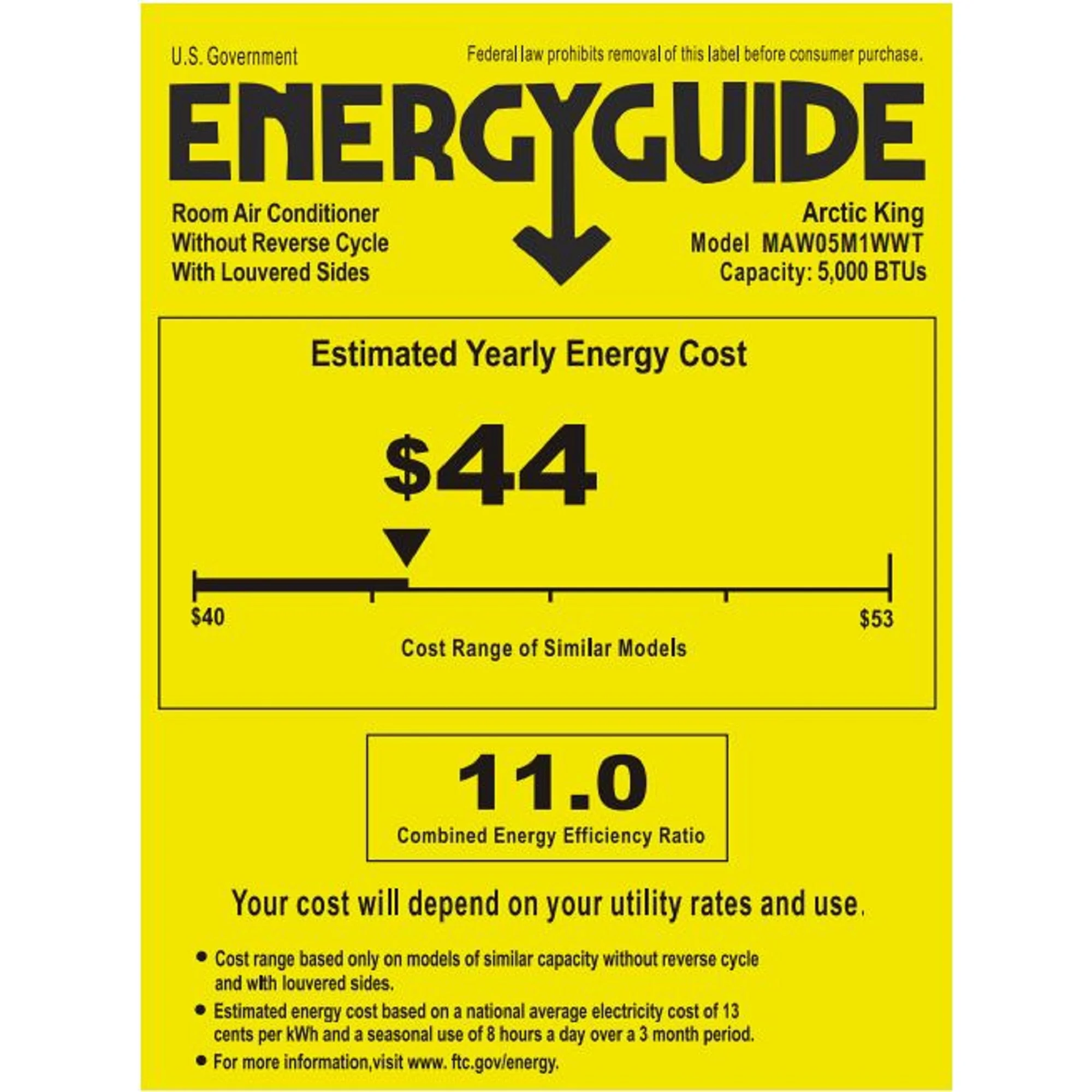How many Watts Do My Appliances Use?
They exist in every home. Most people never consider their power consumption, but what if the power went out and you had an alternative energy system like solar panels or a generator? How many watts would it take to run your appliances?
It’s an important consideration in any DIY energy solution, whether it’s on-grid or off-grid. Two ways exist to determine power requirements. An existing on-grid location such as a home, hospital, or grocery store already has the needed information on the monthly utility bill. New systems or off-grid systems require some calculations to determine power usage, and these calculations depend on the power consumption of each individual appliance.
Relevant Units and Where to Find Them
Energy consumption is typically listed in terms of W (watts) or kW (kilowatts), though it may also be provided as A (amps) and V (volts). Whatever units you find, it’s important to convert all units to the same measurement to properly calculate the total power consumption for all appliances.
The units kW (kilowatts) and kWh (kilowatt hours) are very similar but have an important distinction. The number of kW is the amount of power the appliance continuously draws from the power source. The number of kWh is the amount of power the appliance uses over a period of time.
If the energy usage is listed as kW, use the following formula to convert to kWh:
kW × Minutes ÷ 60 = kWh
The relevant W, kW, A, or V are usually found in the following locations:
- On a specifications sheet
- In the user manual
- On an attached label or engraved plate
- On the appliance energy guide
The values found here provide a guide as you design your energy system, but factors such as total run time and idle capacity could either raise or lower your total power consumption.
How to Calculate Expected Daily Energy Use from kW
Figure 1 shows a microwave spec sheet. We will use this to find its expected daily power usage. Power usage varies for every device, but the same method applies for them all.
This microwave draws 1,200W while it’s running. Since 1,000W is the same as 1kW, we can convert the 1,200W to 1.2kW.
It’s also important to know how many minutes the microwave operates. This is different in every household, but the average person might use their microwave for 10-20 minutes every day. The following equation uses 10 minutes.
1.2kW x 10 minutes ÷ 60 = 0.2kWh for one day
How to Calculate Expected Daily Energy Usage From V and A
If you can’t find the W or kW rating, you can calculate it from A (amps) and V (volts).
In Figure 2, the microwave runs on 15A at 120V. To calculate kWh, we first multiply A times V to find the wattage.
A x V = W
15A x 120V = 1,800W
After converting from 1,800W to 1.8kW, you can use the previous equation to find the estimated daily power consumption.
kW × Minutes ÷ 60 = kWh
1.8kWh x 10 minutes ÷ 60 = 0.3kWh for one day
Repeat this process for each of your appliances.
How to Calculate Expected Daily Energy Usage From an Energy Guide
Estimating the daily energy usage from an energy guide is more complicated than the previous methods, but it’s necessary in some cases. The energy guide typically lists the annual power use in either kWh or dollars. If your energy guide does not have the needed information, look for it in the product manual or another location. Figure 3 shows two energy guides. One shows both kWh and a dollar amount. The other shows just kWh.
How to Use an Energy Guide With a Dollar Amount
Figure 4 shows the following information:
- The A/C unit costs $44 to operate for one year
- Cost per kWh is assumed to be $0.13
- Total A/C usage is assumed to be 8 hours a day for 3 months
Start by dividing the annual cost by the cost per kWh.
Yearly Cost ÷ Cost per kWh = Annual kWh
$44 ÷ $0.13 = 338.46kWh annually
You can now use the next section to calculate the daily kWh.
How to Use an Energy Guide With kWh
Annual kWh must be converted to daily kWh. For items like a refrigerator that are used all day, every day, simply divide the annual kWh by 365 to find the daily kWh.
For items like an A/C unit that are used only part of the day or part of the year, use the information from the energy guide to find how many kWh the item uses in one hour. This takes two steps.
First, find the total number of hours the item ran in the year. Figure 4 shows that the A/C unit ran 8 hours a day for 3 months.
Hours Per Day x Days Per Month x Number of Months
8 x 30 x 3 = 720 hours
Now that we have the annual kWh and the number of hours, we can find the average kW the unit uses.
kWh ÷ hours = kW for one hour
338.46kWh ÷ 720h = .47kW
Use this number to calculate how much power you need to run the A/C unit in your system. The exact number changes depending on how many hours you run it every day, but for this unit, you could plan on needing .5kWh for every hour it’s running.
The same method applies to all energy loads. With these three methods, you can now calculate your total energy needs.
Appliance Watt Usage Chart
Figure 5 lists the average power consumption of several common household appliances. This graph provides a rough estimate, but the exact numbers will vary by model and household.
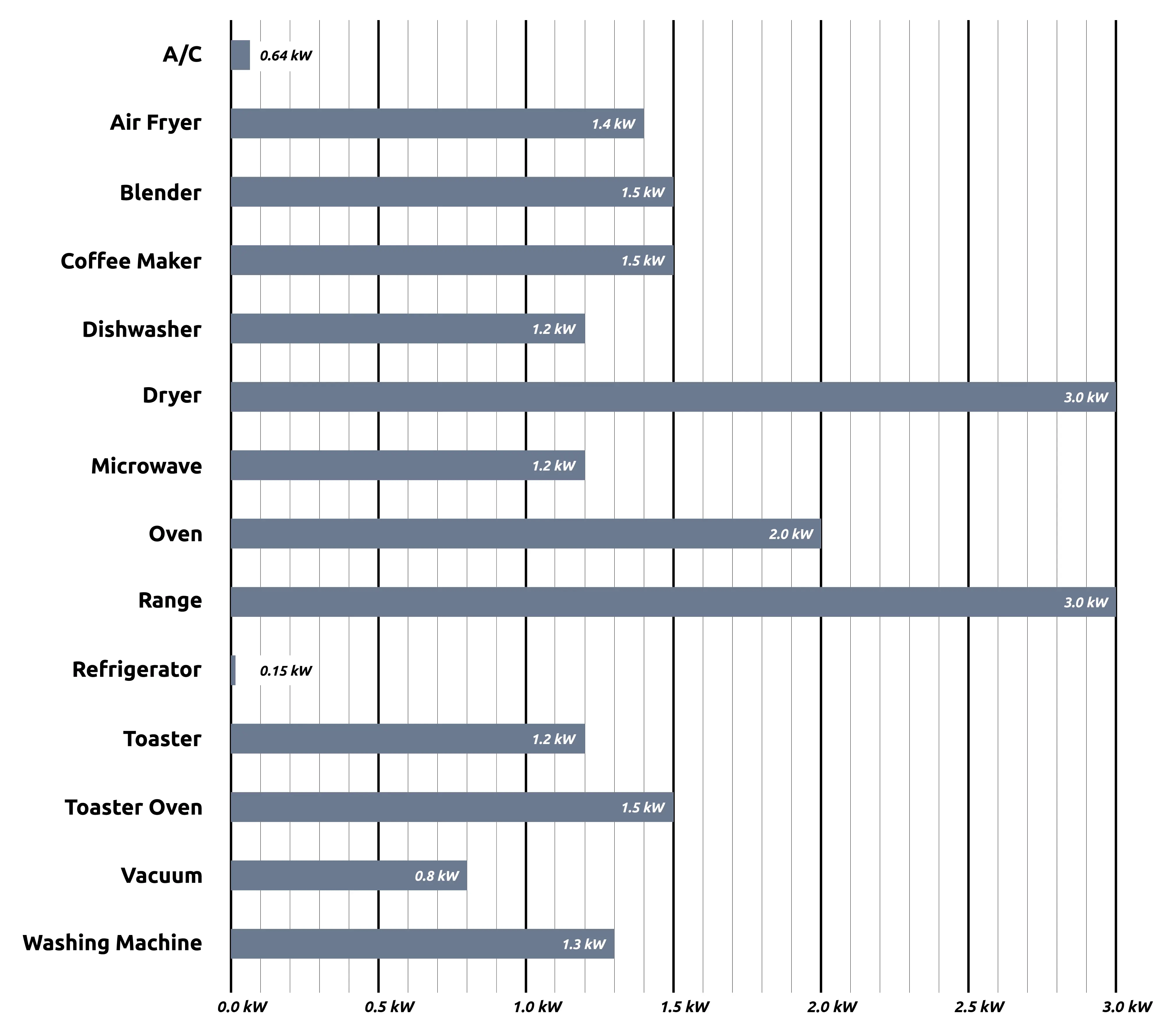
Table of appliances and their power consumption-Figure 5
Now that you know how much energy your appliances use in one day, you have crucial information to consider when building your DIY energy system.
Check out our YouTube channel for more information on all aspects of alternative energy systems.

